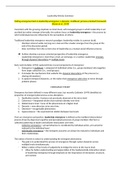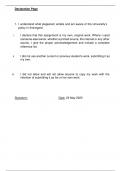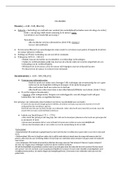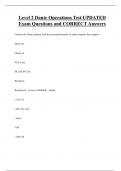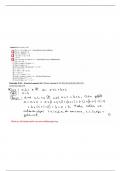Samenvatting
Articles summary for the "Leadership" course of the Msc HRM
- Instelling
- Rijksuniversiteit Groningen (RuG)
In this document, I have summarised all articles required for the exam of "leadership" of the Msc HRM at the University of Groningen.
[Meer zien]
